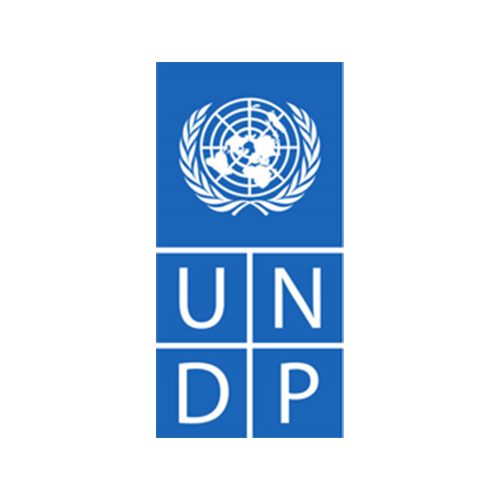Try viewing this page in
HDX Lite (beta)
- recommended for mobile and low bandwidth connections
- switching can be done from the top-right menu
- recommended for mobile and low bandwidth connections
- switching can be done from the top-right menu





